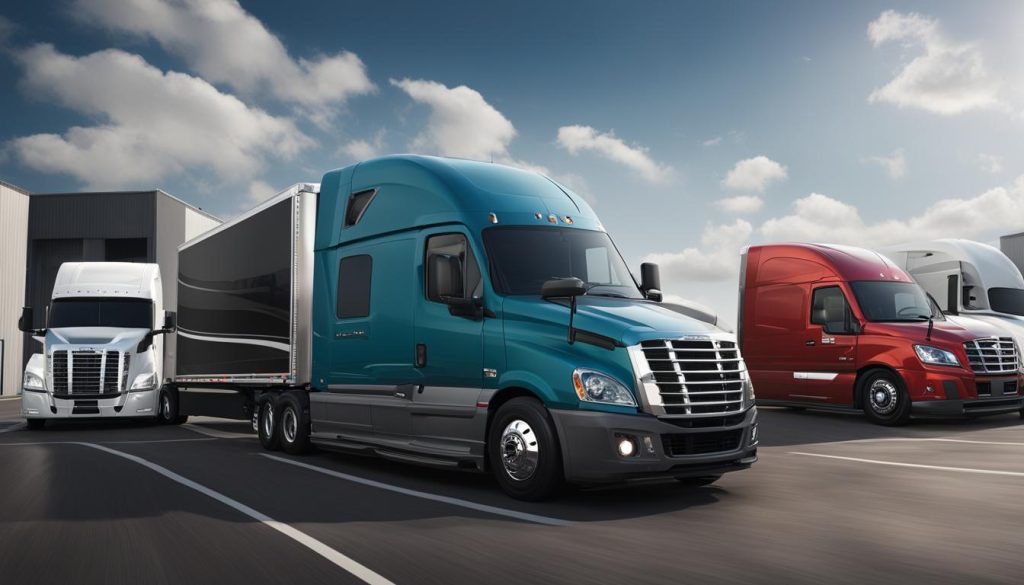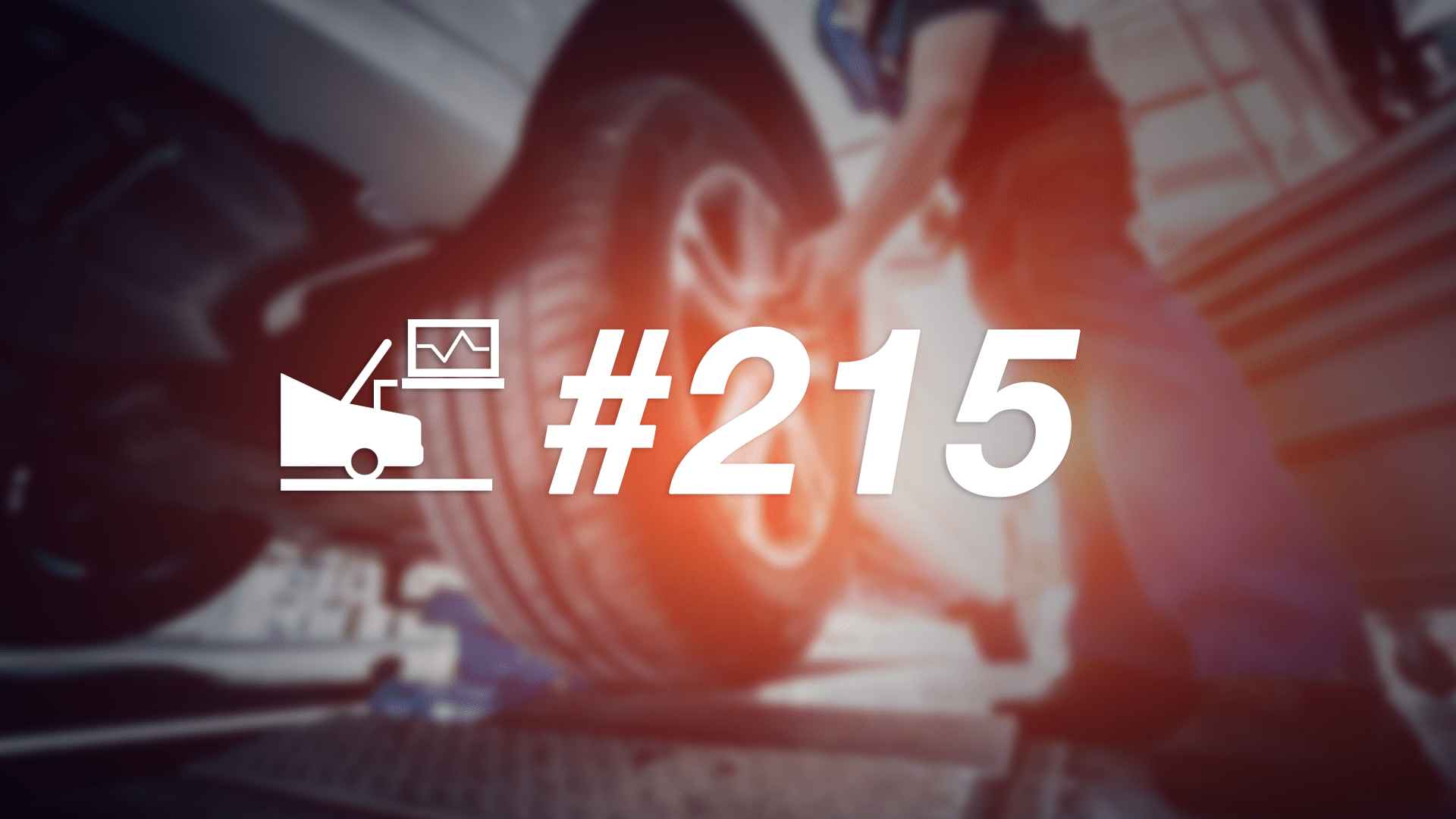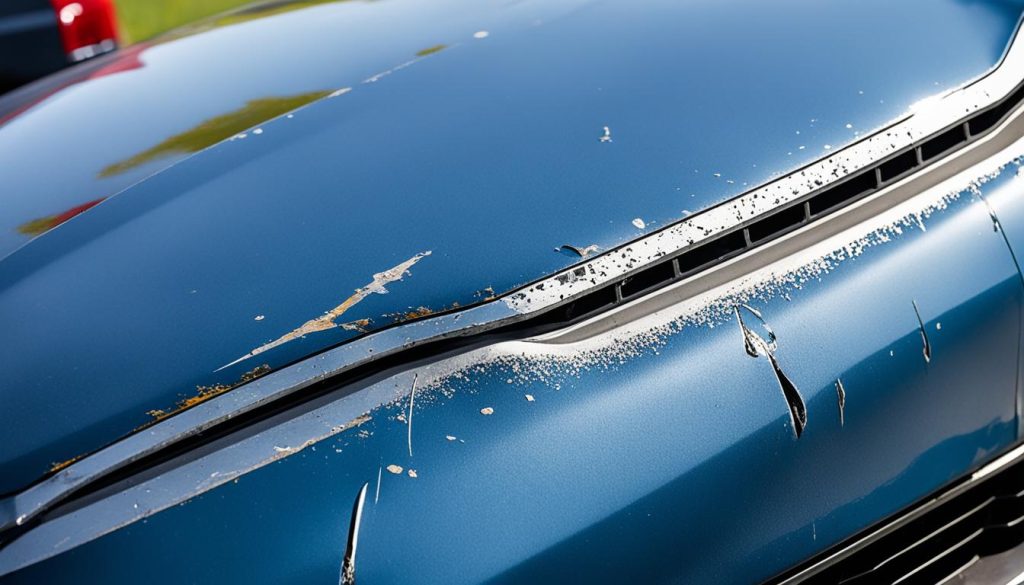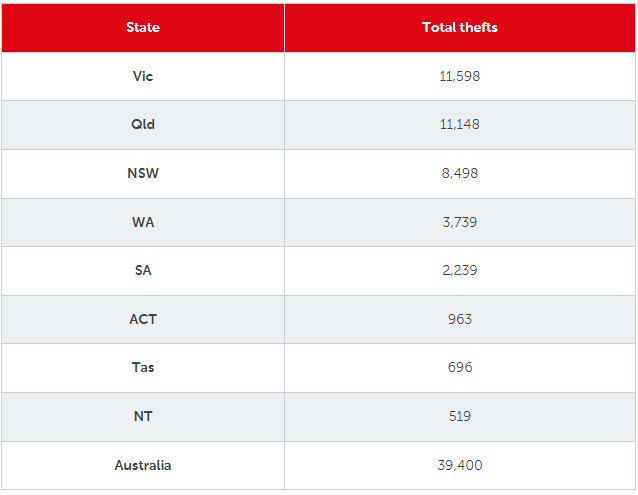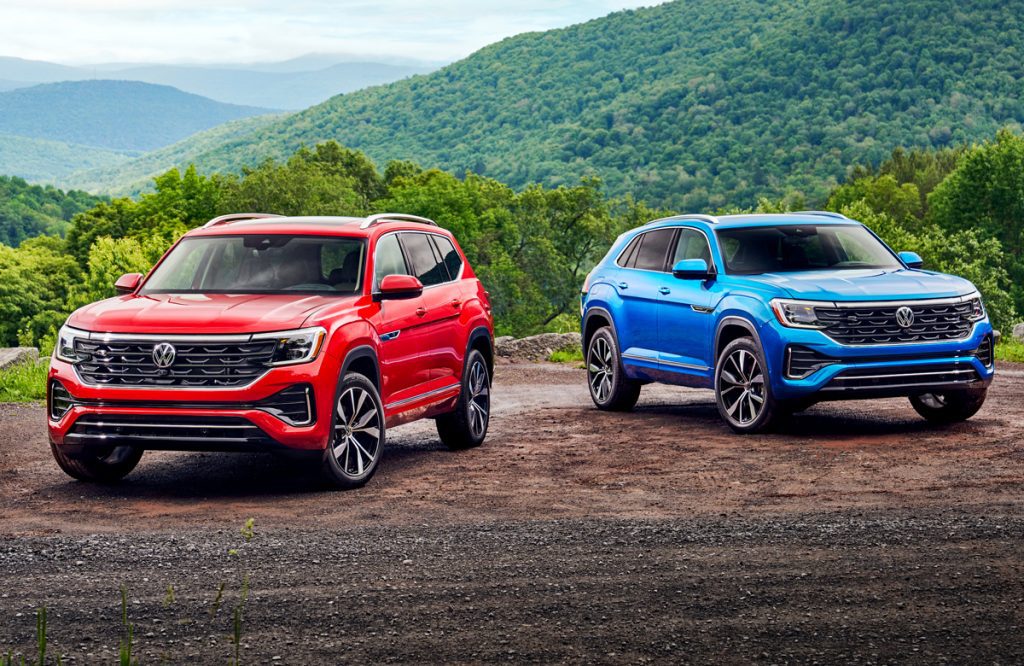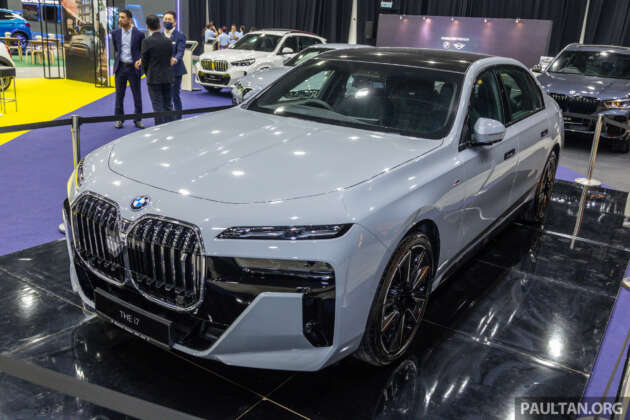The Biden administration has put forth tough emissions criteria for the end of the decade, Volkswagen’s brand chief has been candid about the task of building an electric vehicle that everyone can afford, and a Ford factory in Ontario will be reborn next year. All that and more in this edition of The Morning Shift for Wednesday, April 12, 2023.
1st Gear: Target 2032
The Environmental Protection Agency has announced its proposal for the next wave of new-vehicle emissions standards that will take effect from model years 2027 to 2032. The EPA won’t complete the proposal until spring of next year, but the broad strokes are visible now — and they involve reducing fleet-wide pollution by 56 percent by the end of that span, as compared to 2026 targets. From Reuters:
The EPA projects the 2027-2032 model year rules would cut more than 9 billion tons of CO2 emissions through 2055 – equivalent to more than twice total U.S. CO2 emissions last year.
Automakers and environmentalists say the administration is moving quickly in order to finalize new rules by early 2024 to make it much harder for a future Congress or president to reverse them. Then-President Donald Trump rolled back tough emissions limits through 2025 set under Barack Obama but the Biden administration reversed the rollback.
The agency estimates net benefits through 2055 from the proposal range from $850 billion to $1.6 trillion. By 2032 the proposal would cost about $1,200 per vehicle per manufacturer, but save an owner more than $9,000 on average on fuel, maintenance, and repair costs over an eight-year period.
The Biden administration naturally expects automakers to comply with these regulations largely through electrification. As NPR clarifies, the government isn’t mandating a minimum number of EVs to be sold, but it does foresee that shift happening to make the 56-percent reduction possible. From NPR:
The EPA is not proposing to directly require that 67% of vehicles be zero-emission by 2032.
Instead, it sets a standard for emissions, on average, based on the size and type of vehicle being built. The agency says those new rules are so stringent that it believes companies will need to produce 67% zero-emission vehicles to meet them.
That said, if the Department of Energy manages to rewrite how it evaluates EV efficiency, as we discussed in Tuesday’s Morning Shift, it would mean that internal combustion-powered cars would have to be a lot more efficient as well. Also, manufacturers couldn’t hit the targets simply by electrifying big vehicles; they’d have to get creative and maybe — gasp — downsize.
Obviously lots of this hinges upon the outcome of the next presidential election. But then, rational automakers know that even if Trump won again and legally reversed all of this, every other market would still demand a reduction in carbon emissions and, eventually, the U.S. would, too. You may as well just prepare for that inevitability. Unless you’re General Motors and see fit to scrap your plans every four years.
2nd Gear: Speaking of Smaller EVs
Automotive News Europe just published an extensive interview with Volkswagen’s Thomas Schäfer, in which the brand CEO gave surprisingly short, direct answers about the challenges of selling a cheap volume EV in the near future. For example, here’s what Schäfer said when asked if Volkswagen will be able to achieve the margins it needs with the ID2all:
We cannot have margins below 6 percent. With the scale we have with four vehicles from three brands [on the same MEB Entry platform] — two from VW, one from Cupra and one from Skoda — I guarantee we can. We are not a charity. We intend to make money.
And here’s what he said about how the company will get there:
Either you solve the riddle with scale, downsize the battery, or you find a partner and scale it even more. It’s not clear yet. We have four working streams in parallel at the moment.
And here’s what he said about the feasibility of internal-combustion cars like the Polo continuing late into the decade:
The question is: What will the Polo cost after Euro 7 [emissions regulations] take effect? We don’t know yet. If you look at what the European Union posted about Euro 7 last November, then smaller combustion engine vehicles will become prohibitively expensive. At the moment, you can buy a Polo with a manual gearbox and 1.0-liter engine, but under Euro 7, this would be not be possible anymore. You need an automatic gearbox and you need hybridization. The future of Polo depends on the outcome of Euro 7. […] We would rather put our money into electrification during the final years of the combustion engine than make a final version of [the Polo] that is prohibitively expensive.
When asked about Germany’s stalling of the European Commission’s combustion engine ban over e-fuels — a measure his boss, VW Group CEO Oliver Blume, supports — Schäfer didn’t mince words, either:
That’s unnecessary noise from my point of view. By 2035 [combustion engines] are over anyway. We said by 2033 we’re done. By 2030 we plan that 80 percent of our vehicles sold in Europe are battery electric, so why spend a fortune on old technology that doesn’t really give you any benefit?
Those are the highlights, but this is an insightful chat in its entirety that’s well worth a read. Schäfer also spoke of a GTI variant of the ID2all, to cash in on the opportunity for wider margins from a higher-spec trim. “We can move up the price ladder with various models,” the brand chief said. “What we are definitely not going to do is repeat what we did in the past and sell a confusing amount of variants.” The guy knows how to make a point.
3rd Gear: Merc’s First Quarter
It’s been a first quarter of modest gains for Mercedes-Benz, as Reuters reported Wednesday:
Worldwide sales increased 3% to 503,500 vehicles, with Europe posting the strongest growth at 8%.
The firm saw the biggest sales plunge in the rest of the world that includes all of the regions except Europe, Asia and North America.
The number dropped by almost a quarter there, impacted by a decision by the company to halt export and production in Russia in March last year.
EVs were the main growth driver in the quarter, with sales almost doubling to 51,600 units.
The top-end segment – which includes models such as AMG, Maybach and G-class – also demonstrated solid growth of 18%, reaching 91,800 for the period.
Britta Seeger, a Mercedes board member, said both segments posted strong results “despite ongoing supply chain disruptions, economic headwinds and geopolitical uncertainties”.
BMW sold about the same number of EVs over the period, which also represented a doubling of volume for that brand as well. What a coincidence!
4th Gear: Ford’s EV Plant Up North
Ford’s Oakville Assembly in Ontario will be retooled for EVs beginning about this time next year. The process is expected to take six months. From Auto News:
During that time some of the 3,000 workers at the Ontario, Canada, site will be furloughed, although the company expects to retain virtually all of the employees when the plant comes back online at the end of 2024.
Ford said the site, which currently builds the gasoline-powered Edge and Lincoln Nautilus crossovers, will be renamed the Oakville Electric Vehicle Complex and include a 407,000-square-foot battery pack assembly plant. The battery facility will use cells produced in Kentucky at Ford’s BlueOval SK Battery Park joint venture.
Officials said the transformation will involve consolidating the site’s three body shops into one.
“Canada and the Oakville complex will play a vital role in our Ford+ transformation,” Ford CEO Jim Farley said in a statement. “It will be a modern, super-efficient, vertically integrated site for battery and vehicle assembly.”
Executives on Tuesday declined to say how many different EVs the plant will build or what its annual production capacity will be, although Bev Goodman, CEO of Ford Canada, acknowledged it could produce multiple products. When the plan for the plant was announced in 2020, Unifor’s then-president, Jerry Dias, said Oakville would get five EVs, although forecasting firm AutoForecast Solutions has since said that number has dropped to two crossovers the size of the Explorer and Lincoln Aviator.
I guess we’ll no longer be able to say “Oakville’s got an Edge.” Did anyone ever say that? I’m sorry — Derek Jeter’s Ford Edge ads live rent-free in my head.
5th Gear: Waymo, Aurora and Truckers
Last month we learned Waymo and Aurora, two companies developing self-driving tractor trailers, petitioned regulators to allow them to display cab-mounted amber flashing warning lights rather than triangles when stopped on the side of the road. The Transport Workers Union of America has vehemently denounced the proposal. From Reuters:
A major U.S. transport union on Tuesday opposed a request by Alphabet Inc’s self-driving unit Waymo and autonomous driving technology company Aurora Innovation Inc for an exemption from rules on warning devices for large semi-trucks, citing safety issues.
The Federal Motor Carrier Safety Administration (FMCSA) said last month it received a joint application from Waymo and Aurora seeking a five-year exemption from rules that require drivers to place reflective triangles or a flare around a stopped truck to alert other drivers and help prevent a crash.
Aurora and Waymo instead want to use warning beacons mounted on the truck cab to avoid needing human drivers.
The Transport Workers Union of America said the petition is “inappropriate, represents an overreach and a misuse of the waiver and exemption process, and would significantly diminish the safety of our roads. It should be rejected in the strongest possible terms.”
It urged the safety board to ensure “rigorous oversight and standards” before widespread deployment of such new technologies.
Waymo and Aurora say that without an exemption driverless trucks would need a human on board, which would “undermine the efficiency potential of autonomous CMVs.”
This is not at all surprising, considering that every inch the government awards companies like Waymo and Aurora pushes the industry toward a future without truck drivers. Right now, both firms field a total of about 80 autonomous Class 8 vehicles that carry human operators who are able to take over when necessary. Or step outside the truck, to put some triangles down.
Reverse: Yuri Gagarin
On this day in 1961 — 62 years ago — the title of “first man in space” became something someone had. From History.com:
On April 12, 1961, aboard the spacecraft Vostok 1, Soviet cosmonaut Yuri Alekseyevich Gagarin becomes the first human being to travel into space. During the flight, the 27-year-old test pilot and industrial technician also became the first man to orbit the planet, a feat accomplished by his space capsule in 89 minutes. Vostok 1 orbited Earth at a maximum altitude of 187 miles and was guided entirely by an automatic control system. The only statement attributed to Gagarin during his one hour and 48 minutes in space was, “Flight is proceeding normally; I am well.”
After his historic feat was announced, the attractive and unassuming Gagarin became an instant worldwide celebrity. He was awarded the Order of Lenin and given the title of Hero of the Soviet Union. Monuments were raised to him across the Soviet Union and streets renamed in his honor.
Neutral: What Car Commercial Lives Rent Free in Your Head?
As soon as Jeter’s Edge spot popped into my brain this morning, I just had to share it with fellow Yankee fan and tri-state native Andy Kalmowitz, who knew it well. It’s impossible to overstate how ubiquitous these commercials were on local New York channels around 2008. What car ad holds that place in your memories?
#EPA #Automakers #Slash #Emissions #Percent


